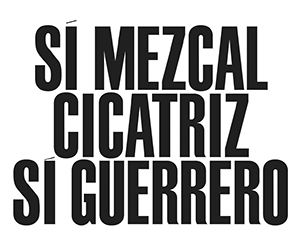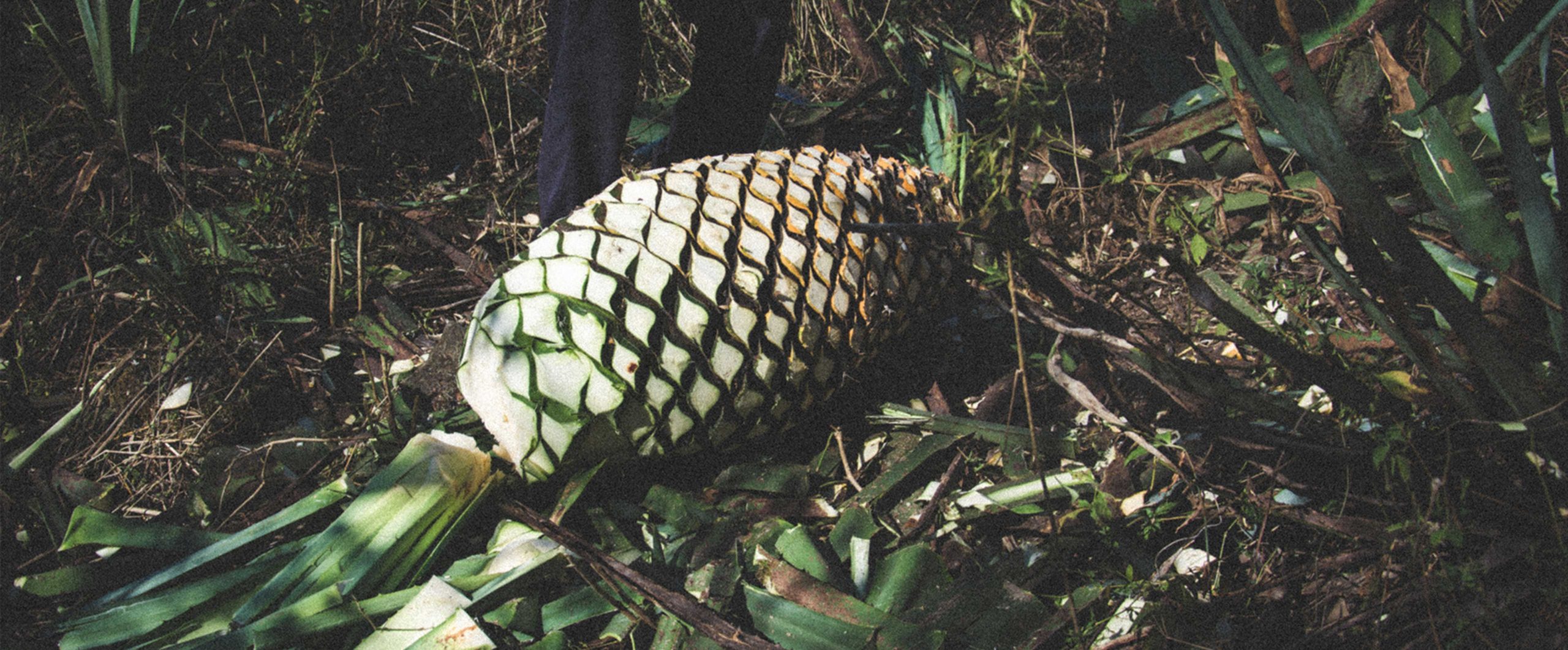
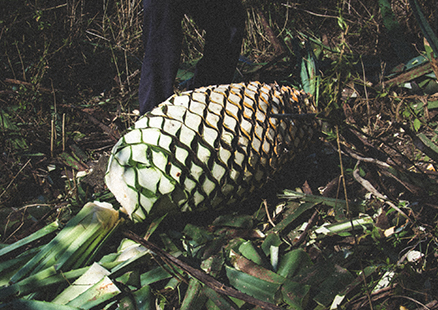
Mezcal Cicatriz is a product from the Sierra of Guerrero, and its rich and infinite tradition that mix tightly its land and its people.
The artisanal processes of Cicatriz – that are carried out in its plant located in the municipality of Pilcaya – respect each detail of a family tradition of over 100 years, that results in a small batch production of the best mezcal of espadin and cupreata agave of the region.
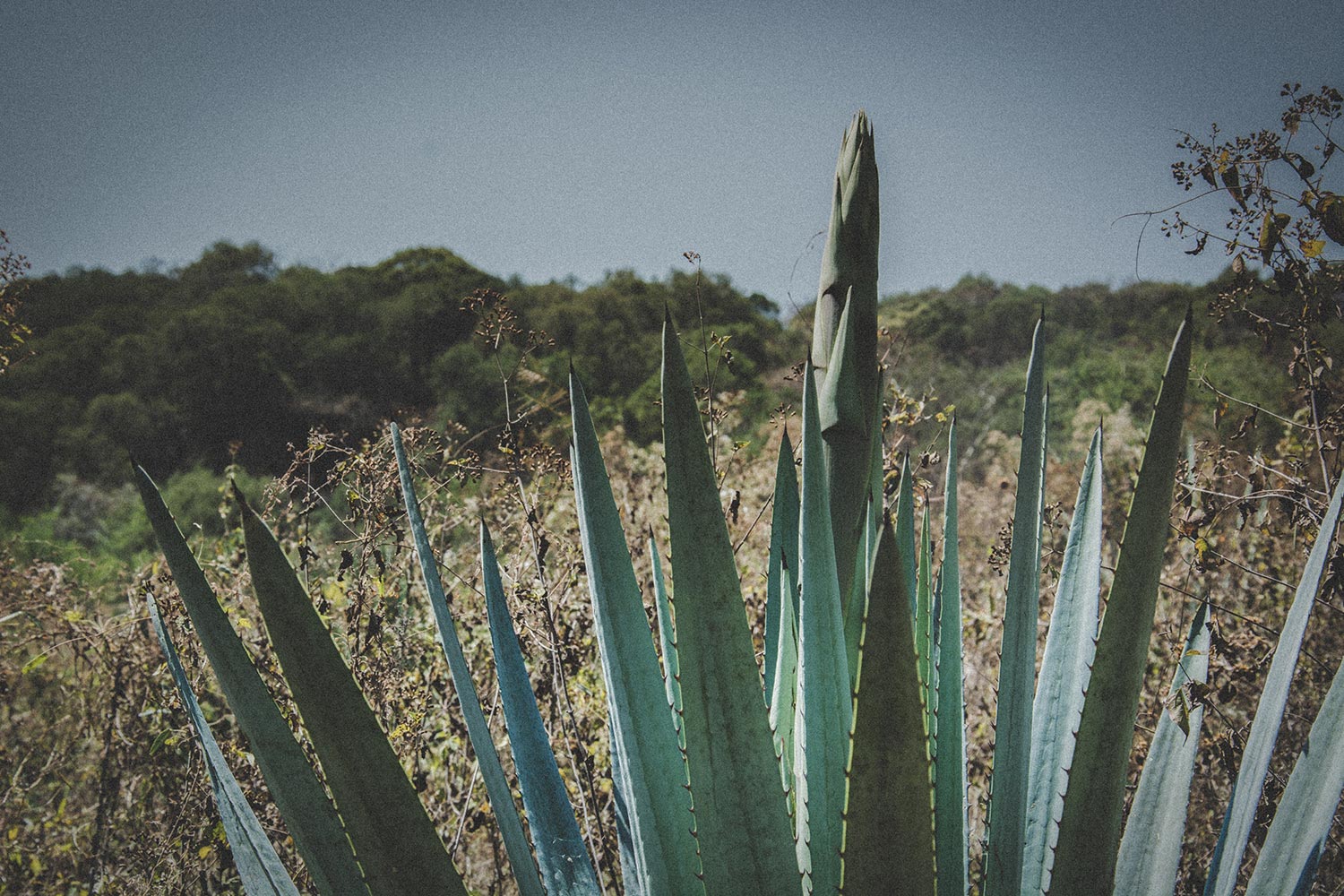
1
Plantation and Cultivation
We use espadín and cupreata agave that come from our sustainable nurseries gardens located in the steep mountains of Pilcaya and the warm hills of Atenango del Río, towns perfectly hidden in the northern region of Guerrero.
1

Plantation and Cultivation
We use espadín and cupreata agave that come from our sustainable nurseries gardens located in the steep mountains of Pilcaya and the warm hills of Atenango del Río, towns perfectly hidden in the northern region of Guerrero.
2
Rapada
Upon reaching the exact point of maturity, which is when the agave contains the needed sugars and nutrients –that can be present between six and nine years for the espadín agave and between 15 and 18 years for the cupreata agave –, we harvest our plantsfrom the land that clothed them for lustrums and shave them carefully with a machete, at the end of this process only the hearts of the maguey are left to be transferred to the factory.
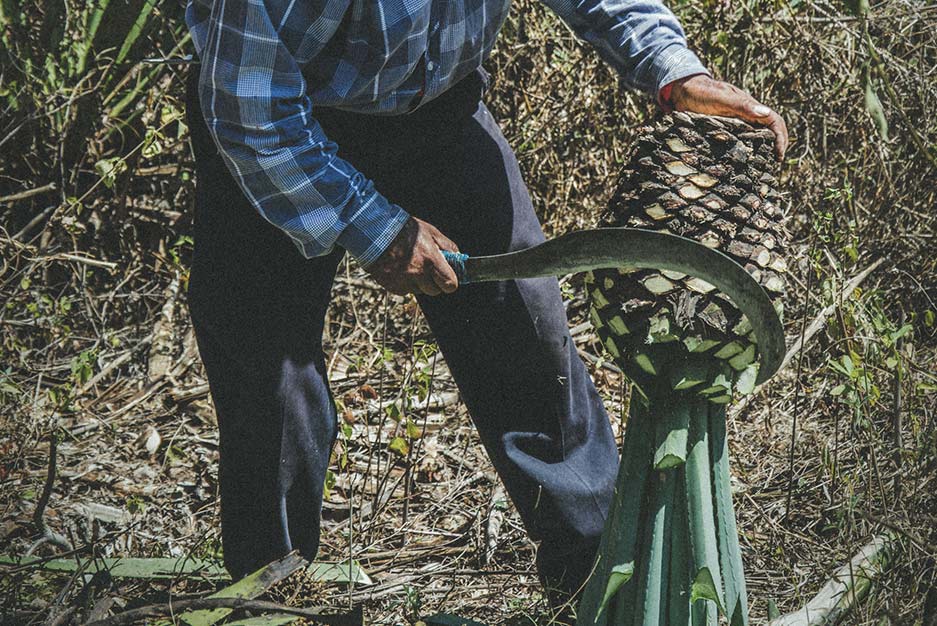
2

Rapada
Upon reaching the exact point of maturity, which is when the agave contains the needed sugars and nutrients –that can be present between six and nine years for the espadín agave and between 15 and 18 years for the cupreata agave –, we harvest our plantsfrom the land that clothed them for lustrums and shave them carefully with a machete, at the end of this process only the hearts of the maguey are left to be transferred to the factory.
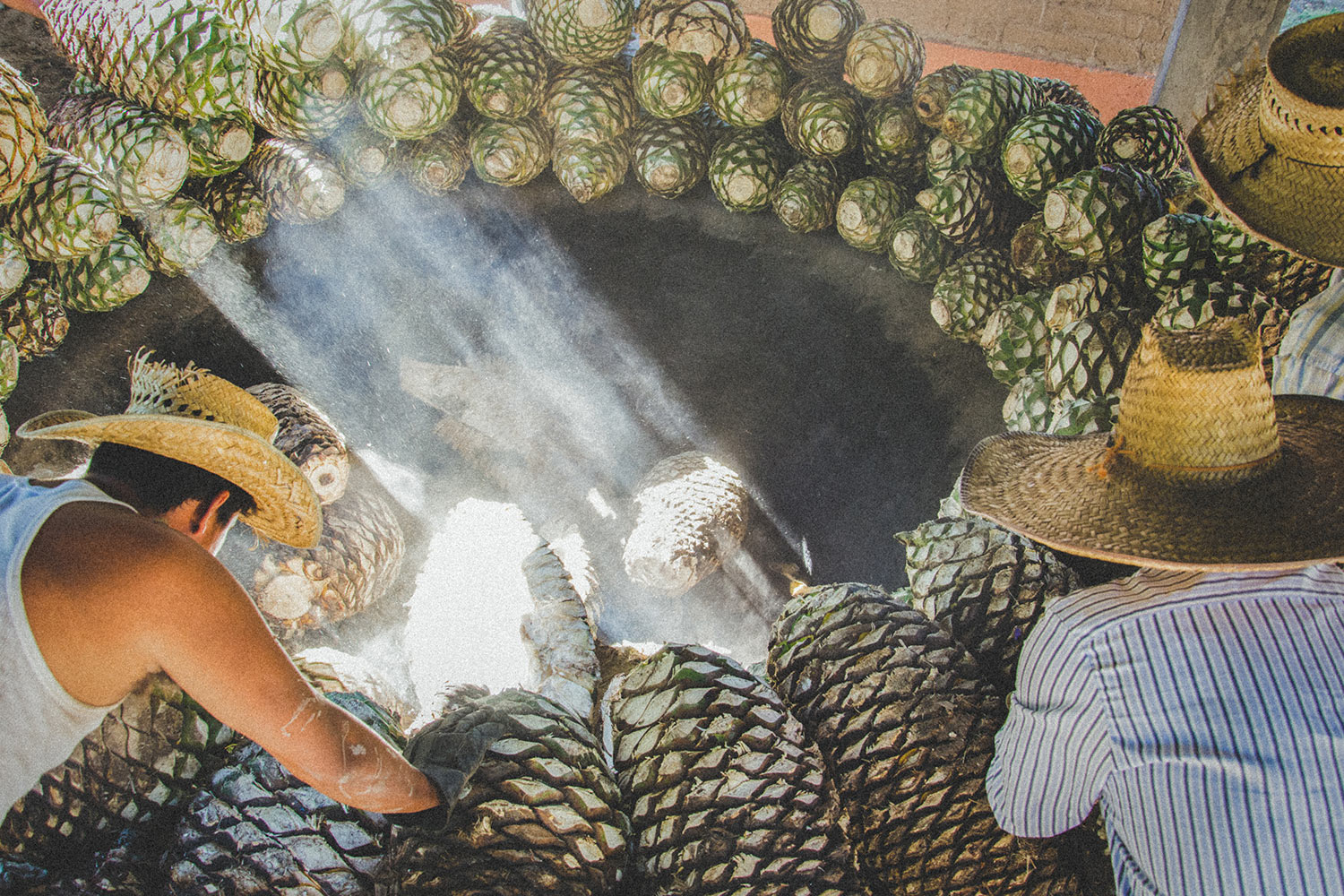
3
Cooking and Grinding
At the factory, the heart of the maguey cook slowly in an iconic oven of tezontle stone for two days approximately, for this cooking we only use collected firewood of huaje, tepehuaje, huamúchil and juniper cedar; this implies that we do not cut down a single tree in our process. At the end of the cooking, the cooked agaves are left to rest and cool down slowly for one day so that afterwards we can grind and tear them down. This way we obtain a fiber known as mosto.
3

Cooking and Grinding
At the factory, the heart of the maguey cook slowly in an iconic oven of tezontle stone for two days approximately, for this cooking we only use collected firewood of huaje, tepehuaje, huamúchil and juniper cedar; this implies that we do not cut down a single tree in our process. At the end of the cooking, the cooked agaves are left to rest and cool down slowly for one day so that afterwards we can grind and tear them down. This way we obtain a fiber known as mosto.
4
Fermentation
The cold mosto is mixed with spring water, consciously rationed, and is put to ferment in tubs during three to four days depending on the climate conditions. When using the savage fermentation (natural) we do not add any chemicals, yeasts, accelerators, or salts to the process.
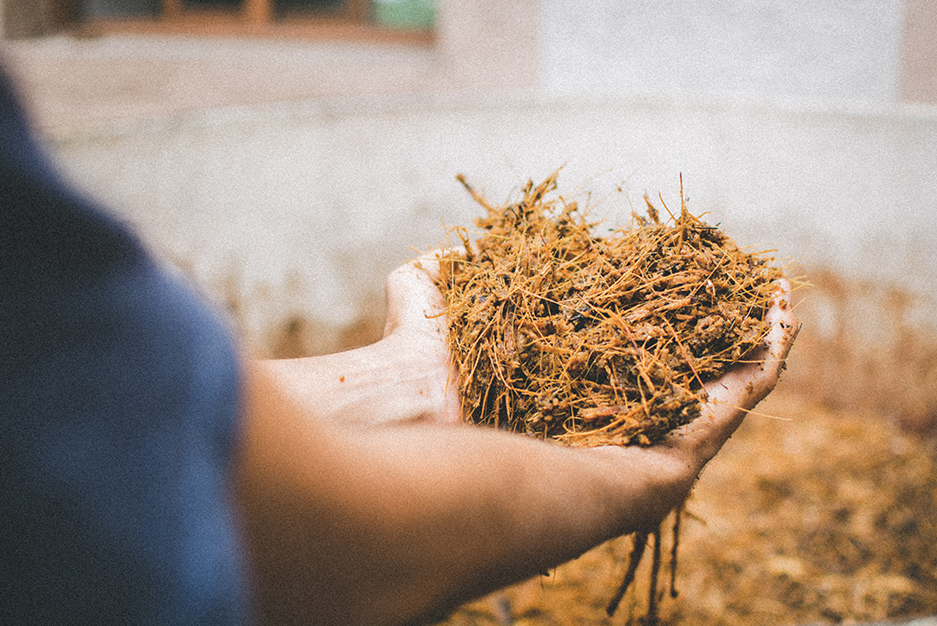
4

Fermentation
The cold mosto is mixed with spring water, consciously rationed, and is put to ferment in tubs during three to four days depending on the climate conditions. When using the savage fermentation (natural) we do not add any chemicals, yeasts, accelerators, or salts to the process.
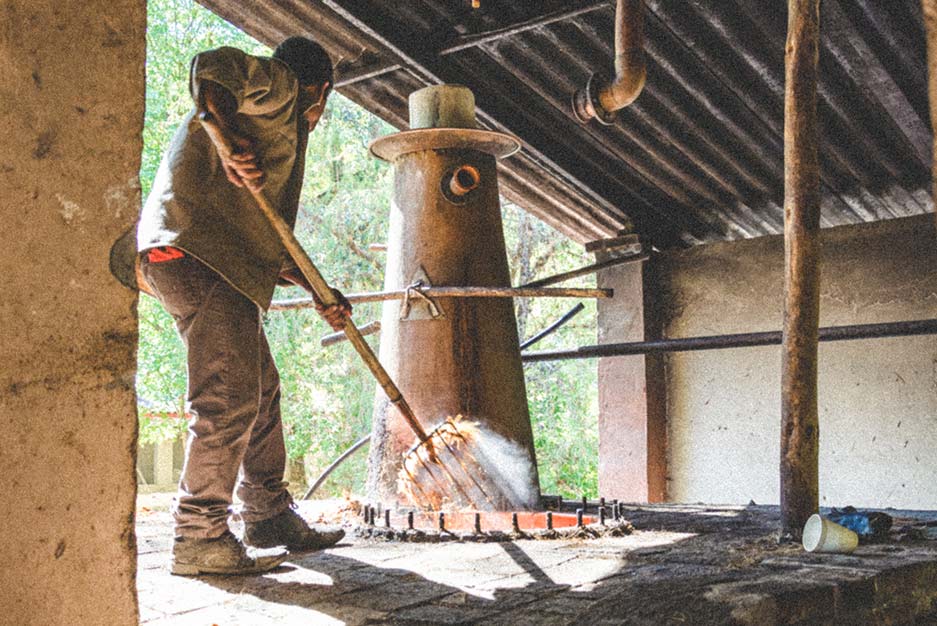
5
Distillation
Once endorsed by our mezcal master, the product of the fermentation is distilled two times in an copper alembic that was built in our factory with the same model that was designed over 100 years ago and with whom it started a family tradition, therefore there is no other like it.
5

Distillation
Once endorsed by our mezcal master, the product of the fermentation is distilled two times in an copper alembic that was built in our factory with the same model that was designed over 100 years ago and with whom it started a family tradition, therefore there is no other like it.
6
Packaging and Labeling
Finally, each bottle of mezcal Cicatriz is packaged and labeled by hand in order to enjoy.
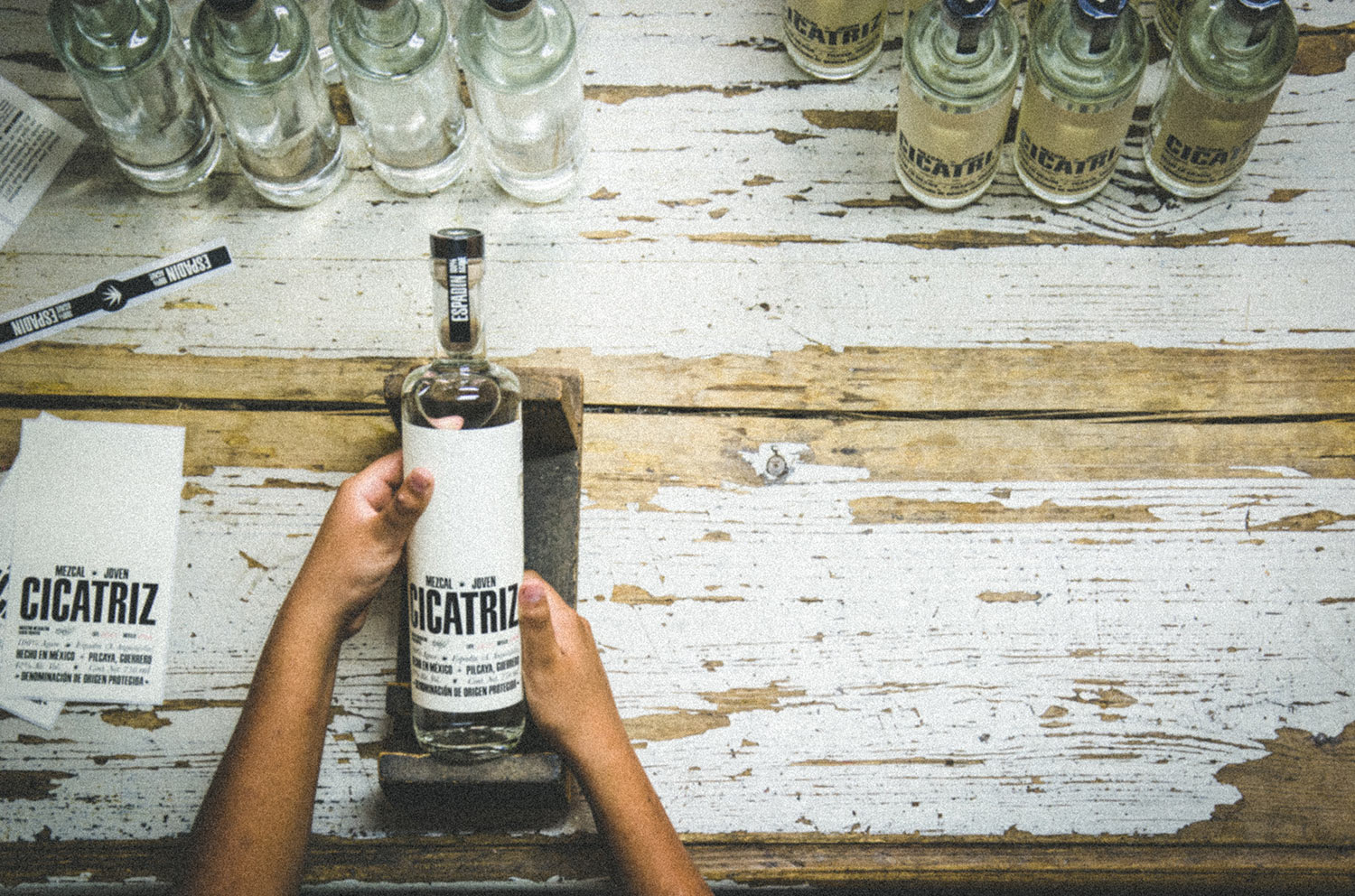
6

Packaging and Labeling
Finally, each bottle of mezcal Cicatriz is packaged and labeled by hand in order to enjoy.



